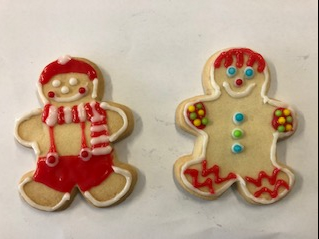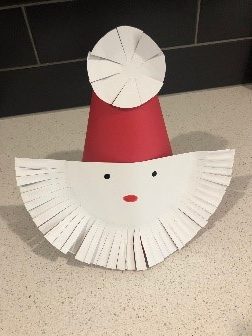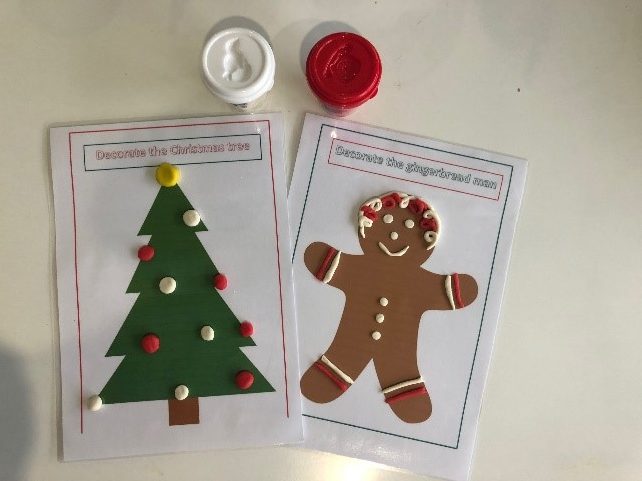As parents and caregivers, many of you have worked with an occupational therapy service during the year to help your child perform a range of important tasks, such as self-care activities at home and different types of play.
Your child will have learnt to strengthen their fine motor skills so they can carry out all kinds of activities, like tying their shoelaces, eating with cutlery, opening food containers and packets, and scribbling, colouring and writing.
Now that the summer holidays are here, this is a wonderful opportunity for you to continue to support your child to practice these fine motor skills each day so that they can keep on improving the skills they need to prepare for pre-school or school.
Below, we’ve put together a list of five simple and fun holiday activities that you can incorporate into your mornings, afternoons and evenings over the coming weeks. Your child will not only find these activities entertaining but they will also develop a wide range of fine motor skills!
What are fine motor skills?
Fine motor skills involve the coordination of small muscles that control the wrists, hands and fingers to produce refined and controlled movements. These allow children to perform important tasks, such as:
- Self-care functions – tying shoelaces, doling up sandals, zips, buttons, belt
- School essentials – pencil skills for scribbling, colouring, drawing and writing, and scissors skills
- Play – construction skills such as Lego, Duplo, puzzles, train tracks, and threading and lacing
Fine motor skills allow us to grasp and manipulate objects with our hands and fingers. These skills are supported by bigger muscle groups (gross motor) that provide stability so that you are able to use smaller muscles for more refined movement.
What types of fine motor skills do toddlers and pre-schoolers need to help with everyday life?
- Hand and finger strength – opening containers and food packets
- Prehension (grasping) – pencil grasp, holding scissors, using cutlery, picking up objects
- Dexterity – tying shoe laces, assembling Lego, pointing
- Bilateral integration (both hands working together) – doing up buttons, threading, zipping, pasting
Five holiday activities for developing fine motor skills
1) Santa face
Your child will love making this easy Santa face, and at the same time they’ll develop important grasping skills by holding scissors (snipping and cutting along a line), and drawing, folding and pasting.
2) Christmas tree
Ripping and scrunching crepe paper is an excellent activity to develop the small muscles of the hands and fingers. Pasting is also a good bilateral activity.
3) Playdough cards
Manipulating playdough helps build up hand and finger strength. It also develops dexterity and bilateral integration.
4) Ornaments
Making ornaments provides endless opportunities to work on fine motor skills: painting, colouring, gluing, assembling, threading, putting stickers, tying knots and bows. Ornaments can be as simple or as complex as needed to match your child’s fine motor abilities.
5) Gingerbread people
Making gingerbread people is a fantastic activity to develop a wide range of fine motor skills. Firstly, making the dough (biscuit, playdough or salt dough) involves mixing ingredients which is perfect to develop hand and finger strength.
Later, decorating the gingerbread people requires dexterity to manipulate the small decorative elements, strength to get the icing out of the tubes, fine motor control to trace with the icing and bilateral integration to stabilise the cookie while the other hand decorates.




General activities for your child
As well as having fun with these specific activities, you can also engage in general, low-cost activities with your child to stimulate these very important fine motor skills. Some examples include:
- Playdough and kinetic sand
- Sorting small objects into different containers (buttons, raw pasta, beads, small rocks)
- Threading beads onto string to make bracelets
- Making Christmas garlands
- Pasta necklace
- Weaving wool around cardboard (could make wall hangings or Christmas tree decorations)
- Lego
- Craft (cutting, sticking)
- Painting with q tips
- Sorting with tongs or tweezers
- Anything involving scrunching crepe paper into small balls
How often can parents help kids with these activities?
Children should be encouraged to practice their motor skills each time an opportunity arises, such as in the kitchen with opening food packets and containers, and helping to prepare dinner by mixing ingredients. Parents can also allow extra time so a child can do up their buttons/zippers/laces themselves. Keep in mind that these activities don’t have to be elaborate, just regular.
What is the key focus for parents?
Parents should be focused on their child having fun; don’t be concerned with the results but rather the frequency of exposure to these types of activities. The aim is to praise your child for their efforts and perseverance, and to encourage them to keep trying if fine motor activities are challenging!
Be involved but mostly by supporting your child rather than doing things for them. It is the process rather than the results that matter. Children need constant repetition and practice for optimal outcomes, so parents should be observing what the therapist does and replicating similar activities for the rest of the week.
Feel free to have a discussion with your child’s therapist for more ideas on how you can support your child outside of therapy sessions.
If you would like further information or to speak to us, please contact our friendly concierge service on 1800 238 958 or complete the request contact form and we will contact you at a time that suits you best.





